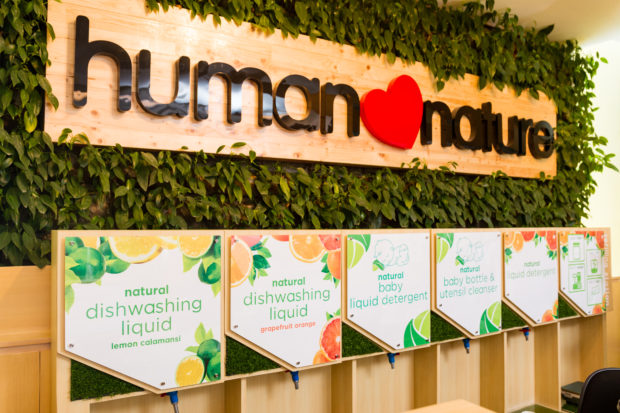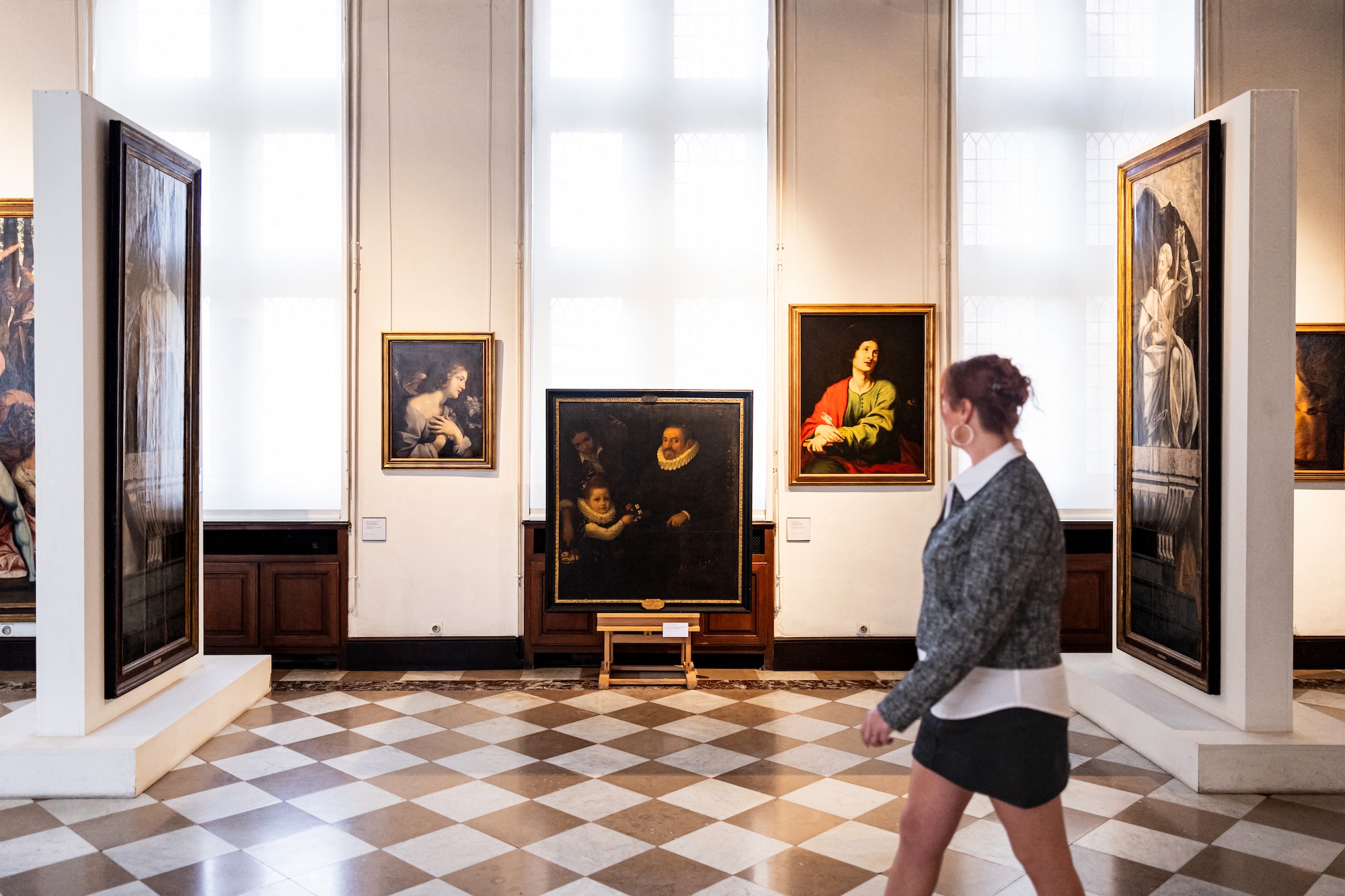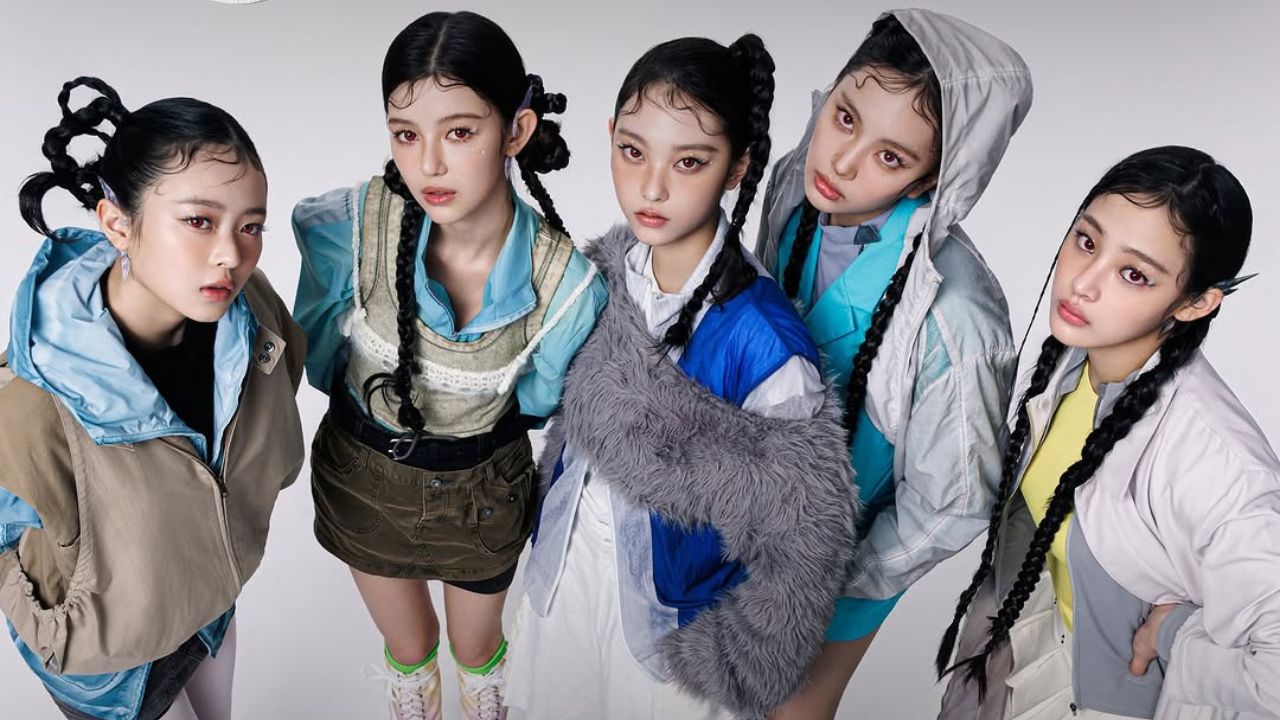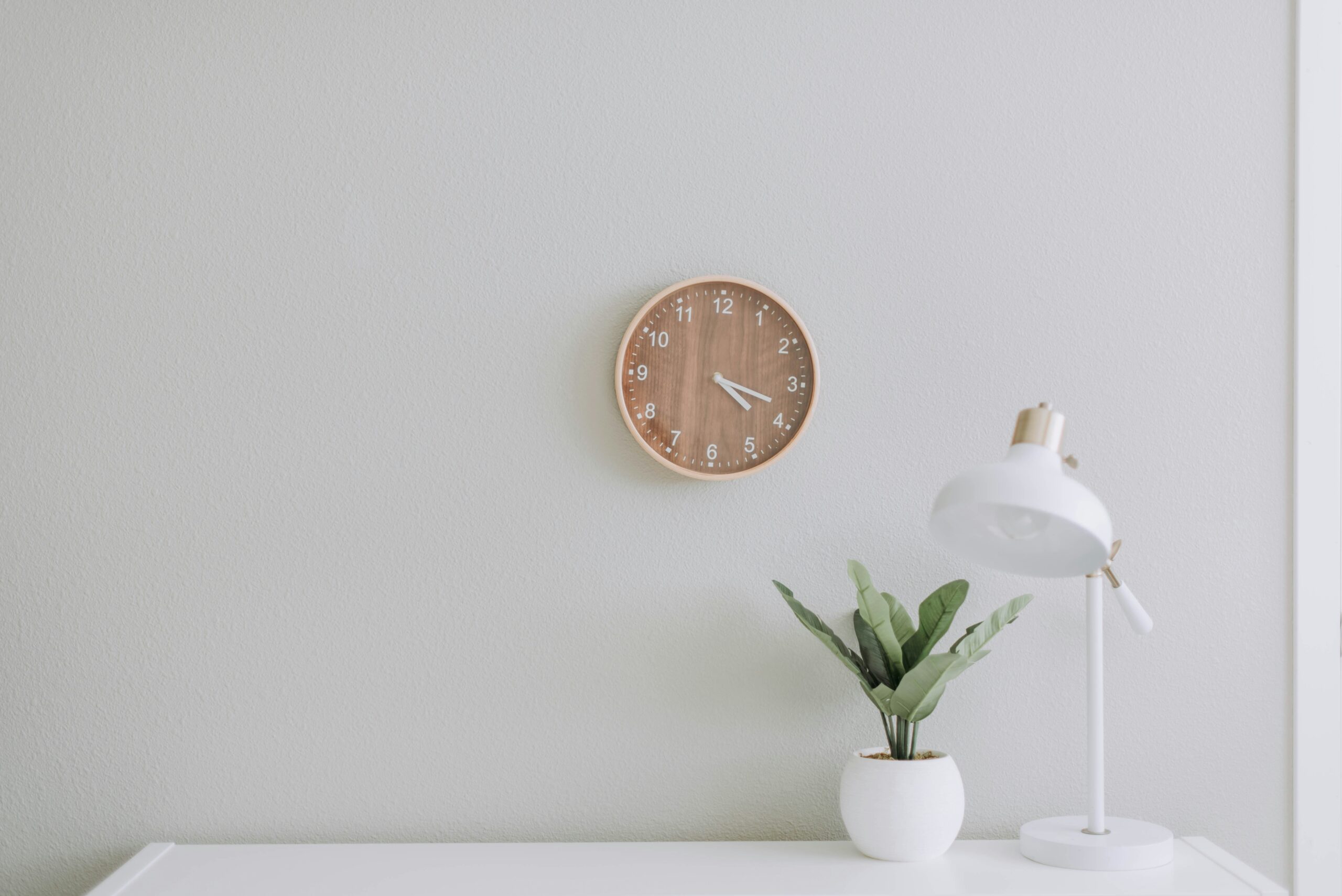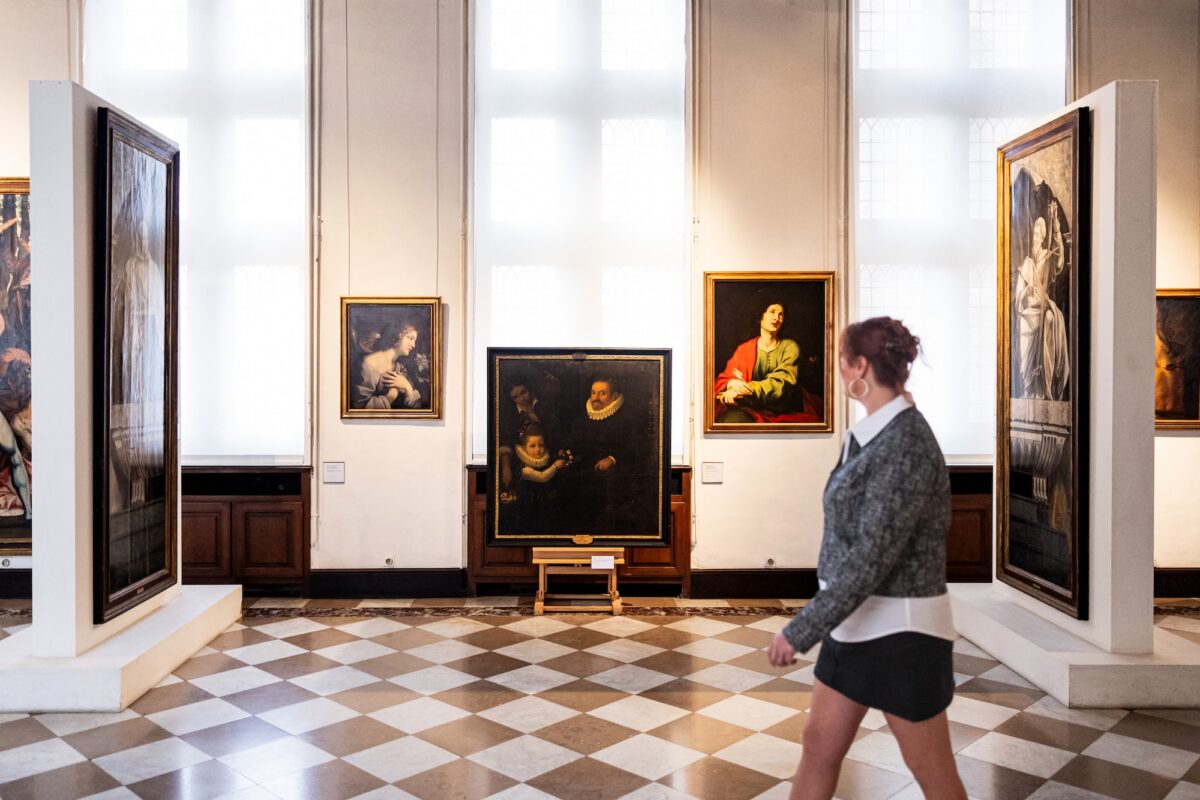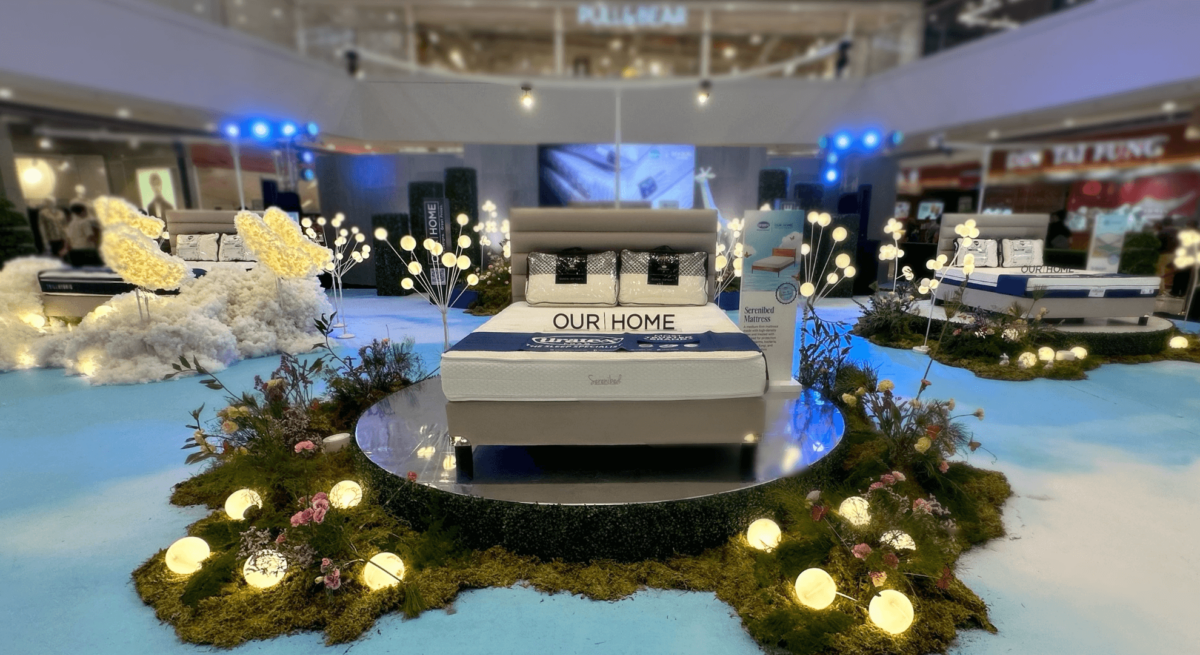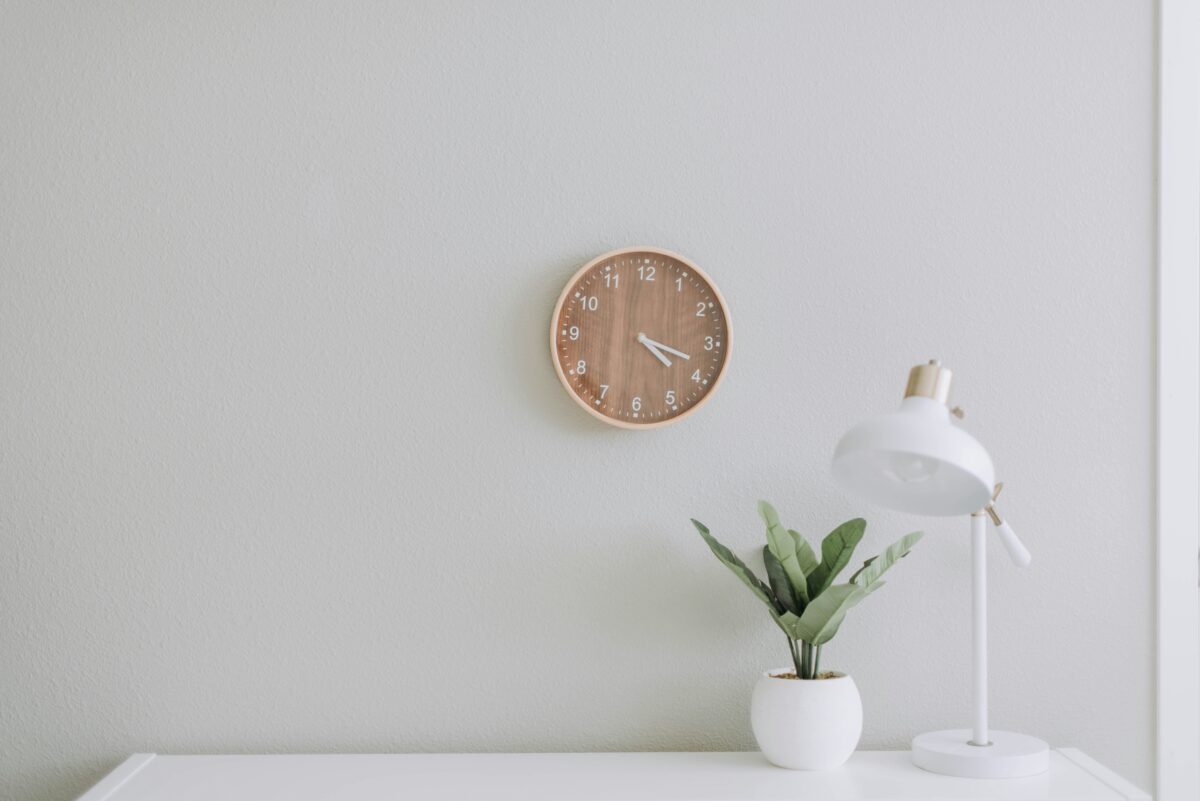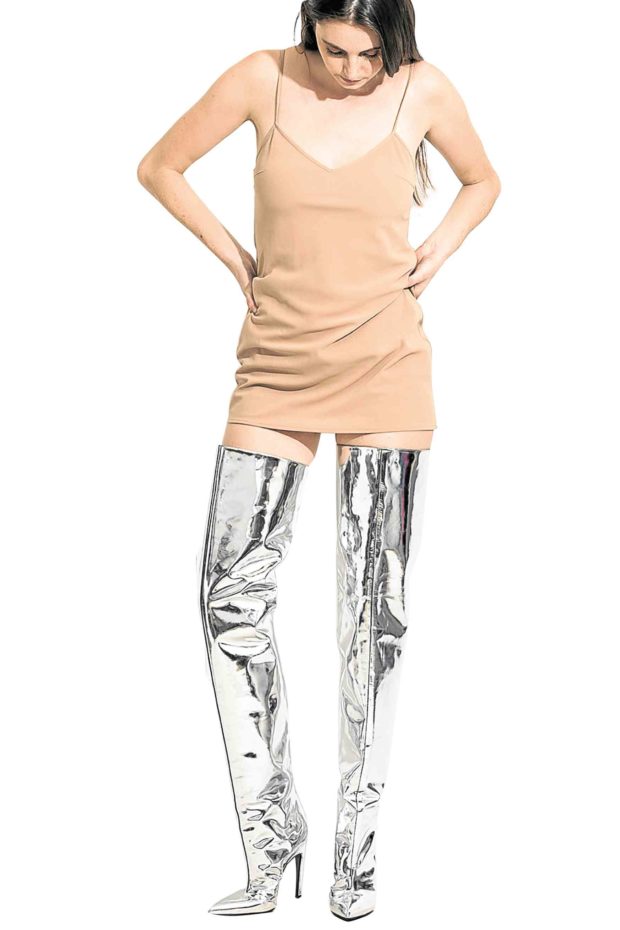
There’s a need to reframe the way we shop and consume products. Fashion waste has reached its limits: fast-fashion brands holding tons of unsold clothes in warehouses, online labels with clients who return the clothes as soon as they post their outfit photos, and designer labels setting fire to their excess products.
Beauty brands also need to deal with how their products cause the environment harm. There’s the gratuitous packaging that looks exciting when unboxed for YouTube, but is essentially useless after. There’s also the issue of how some of the ingredients used are drying up our resources for the sake of moisturized skin.
How to look good, try out the latest trends without creating more fashion waste? How do we go about our beauty rituals without making our planet ugly?
Part of the answer is found in veering away from the usual model of purchasing. For fashion, consider the new wave of rental shops that have popped up.
Renting clothes isn’t new. Gowns and tuxedos are your usual suspects. If you check out options like Vestido Manila, you will find a more curated and stylish approach. They offer for-rent pieces like Balenciaga Knife Boots and Jacquemus dresses, aside from creations by local designers like Charina Sarte, Neric Beltran and Martin Bautista.
They also offer personal styling services when you just don’t know what to wear.
Added to this is how you can consign some pieces of your own—a good way to breathe new life and purpose into clothes, bags and shoes that you’ve relegated to the archive.
https://www.instagram.com/p/BvbU3amlSGY/
For a more niche approach, there’s Talulah’s Closet. With the mantra “Rent. Wear. Return,” you can take your pick from among Australian designers. These include Keepsake the Label, Shona Joy and Alice McCall. You can reserve a dress online or book an appointment in their studio to rent your pick right on the spot.
https://www.instagram.com/p/BpzAfYKFJp-/
You can also log on to rsvp.ph. It’s the first in Manila when it comes to luxury eveningwear rental service, and “reconsiders ‘occasion dressing’ into something easy and personal for every woman.”
You will find in-house collections, preloved items and designer gowns from Vania Romoff, Stacy Rodriguez to Sassa Jimenez.
Test-drive
For the price of a fast-fashion purchase, you get to play around in designer pieces long enough for that party or special commitment. If you’re also unsure of making a big investment, this can be a way to test-drive your chosen pieces.
This eliminates the wasteful nature of hoarding while catering to our “worn once and never again” tendencies when keeping up with trends. This way, you can wear something new to every affair without the guilt.
On the beauty front, refilling stations have been the buzz in town. Novelty brands have long believed in this distribution method, but it’s a positive start to see commercial brands testing how ready the bigger market is for this setup.
Human Nature, a local sustainable brand, just debuted this week its refilling stations for chosen home care products like detergent and dishwashing soap. You can find these stations at its SM North Edsa The Block branch and its Commonwealth Ave. flagship store.
Tied in to this effort is how all its Metro Manila branches serve as drop-off points for used Human Nature bottles, so they can be brought back to the recycling facility.
Early critics have pointed out that these refilling stations only allow you to use the old bottle bearing the exact same label and variant you’re purchasing. But we have to be aware of certain FDA (Food and Drug Administration) laws that prevent them from letting you use any bottle you wish.
We also have to understand that this is something new for these commercial brands. So its success relies on how we the consumers will support the effort, and how we can adapt to their new method of getting our fill of shampoo and soap.
These two movements are hardly the only steps to do our part in environmental conservation. But that’s how you start recreating a consumer market that’s been around for decades.
We need to veer away from our plastic-oriented, single-use approach to clothes and beauty products. These options represent progress toward a new process which automatically factors in reusability and sustainability. —CONTRIBUTED


